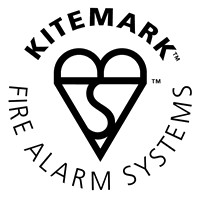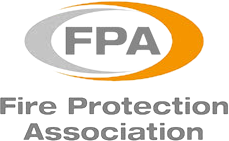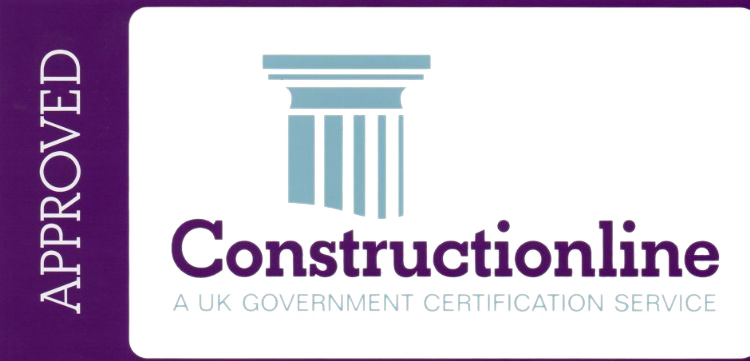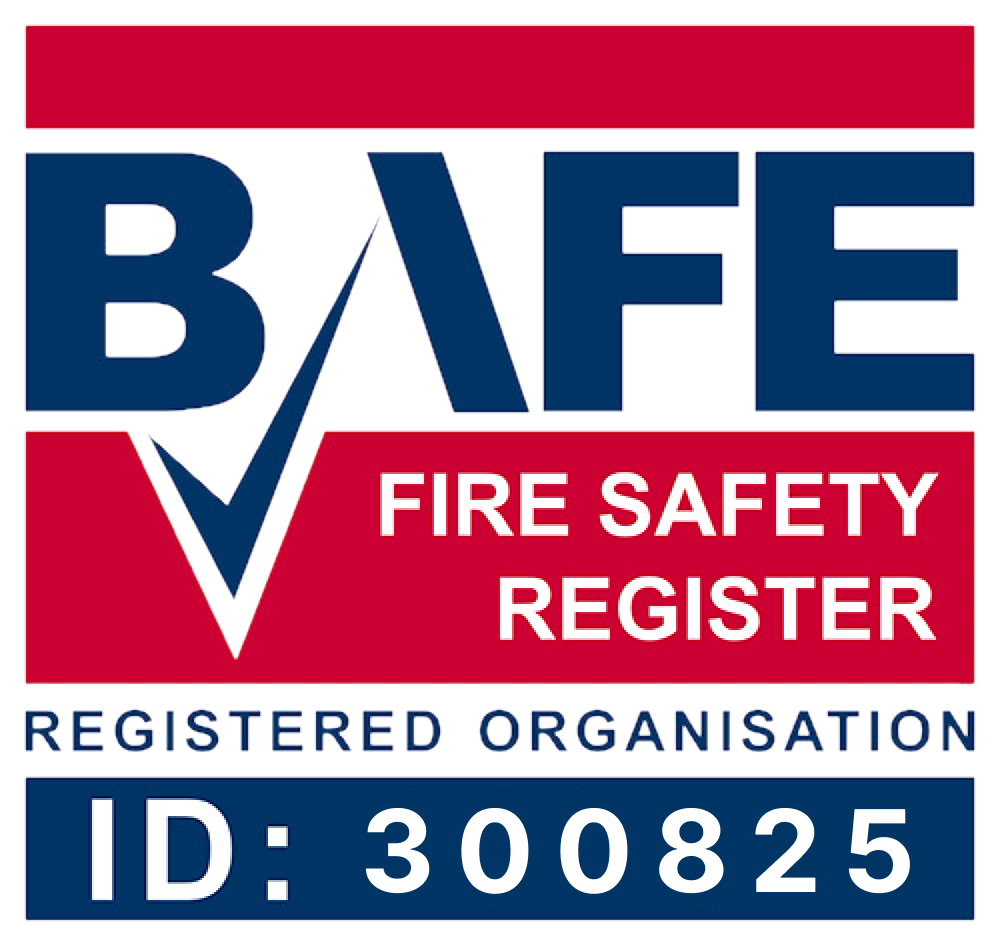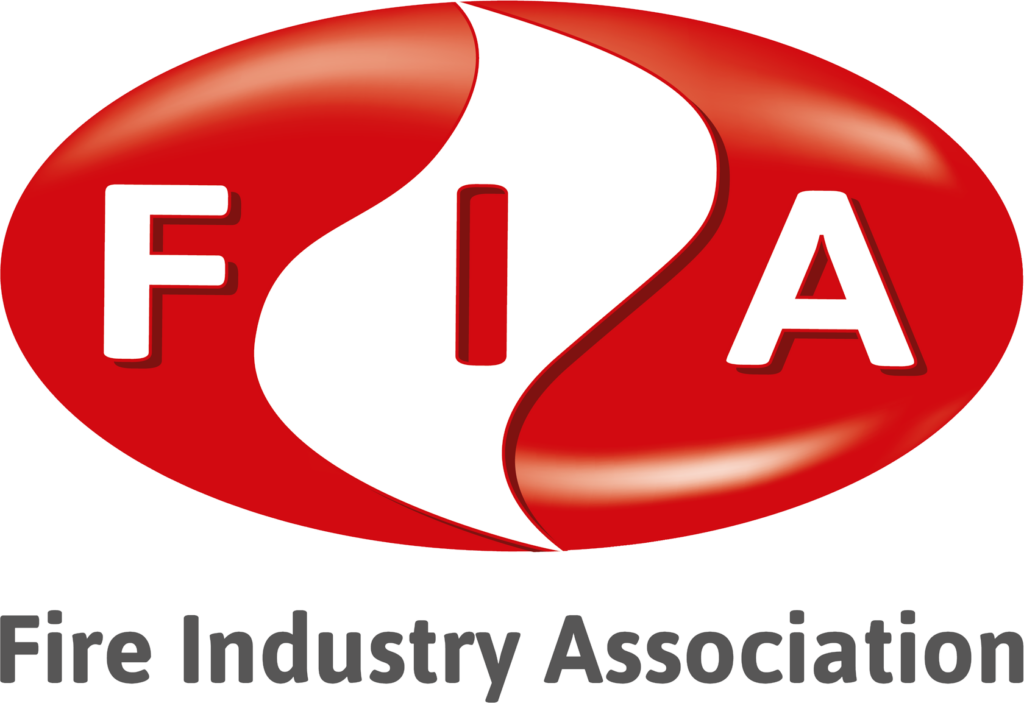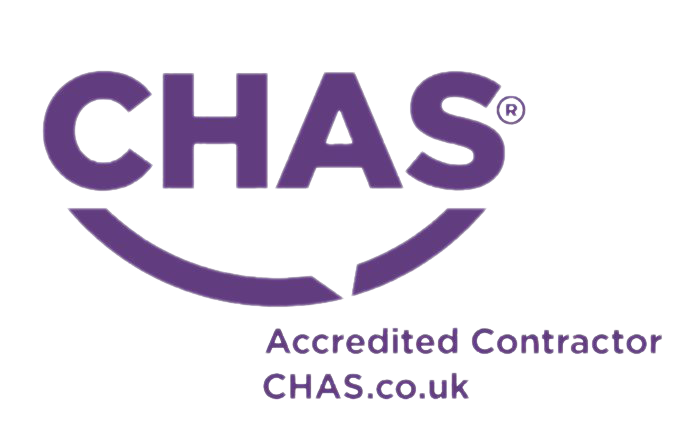Free Fire Safety Advice
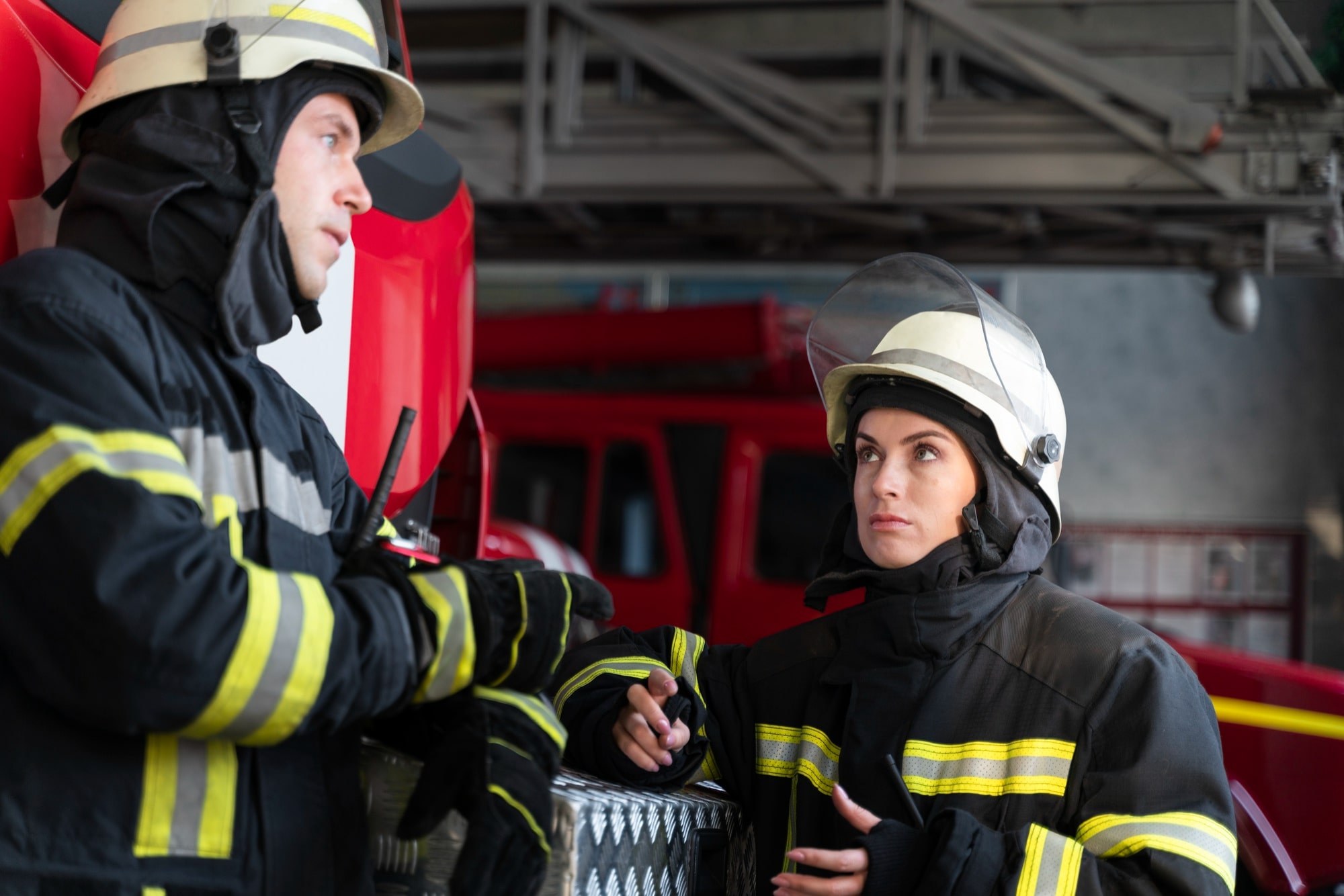
Fire Safety Advice
The term ‘fire safety’ encompasses a range of issues, which are clearly identified under current government legislation by The Regulatory Reform (Fire Safety) Order 2005 (RRFSO). Under the terms of the RRFSO, the responsible person in non-domestic premises has to ensure, as far as is reasonably practicable, the safety of all who are employed there and also that the premises stay safe for any other people who may be on-site or in the immediate vicinity and are therefore at risk from fire: e.g. visitors to a public building. By ‘responsible person’, the RRFSO means anyone who has any degree of control over the premises, which can include, inter alia, the employer, building owners, occupier or managing agent. By definition, therefore, there can be more than one responsible person in terms of fire safety for a particular building and there must be discussion and collaboration between them in this regard.
The duties of the responsible person(s) include:
- Taking general fire precautions
- Undertaking a fire risk assessment
- Implementing any necessary preventive and protective measures
- Monitoring and reviewing the preventive and protective measures on an ongoing basis
What are general fire precautions?
Under Article 4 of the RRFSO, general fire precautions are defined as follows:
- Measures to reduce the risk of fire on the premises and the risk of the spread of fire on the premises
- Measures in relation to the means of escape from the premises.
- Measures for securing that the means of escape can be safely and effectively used
- Measures in relation to the means of fighting fire on the premises
- Measures in relation to the means for detecting fire on the premises and giving warning in case of fire
- Measures in relation to the arrangement for action to be taken in the event of a fire, including the instruction and training of employees and means of mitigating the effects of the fire.
This is a wide-ranging remit and, although prescriptive in the sense that it is a list of duties to be undertaken, it is not specific as to the actual means that should be employed as these will vary according to each individual case. It can be useful therefore to consult the HM Government entry-level publication “A short guide to making your premises safe from fire” (June 2006), which puts some meat on the bones of the RRFSO, as it were: for example, it details the minimum requirement in respect of fire-detection and warning systems and the main types of portable fire extinguishers and their suitability for use on a range of different small fires.
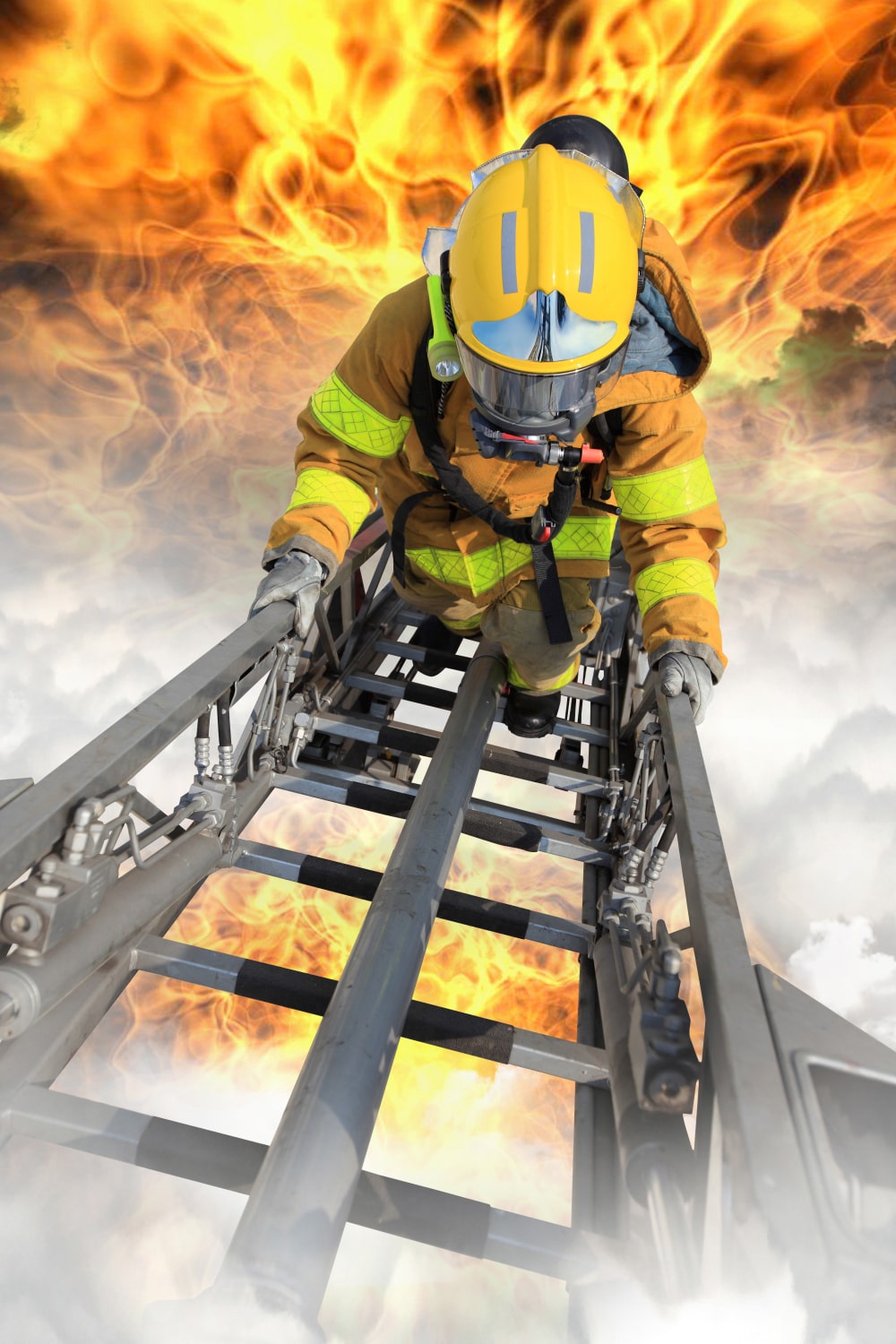
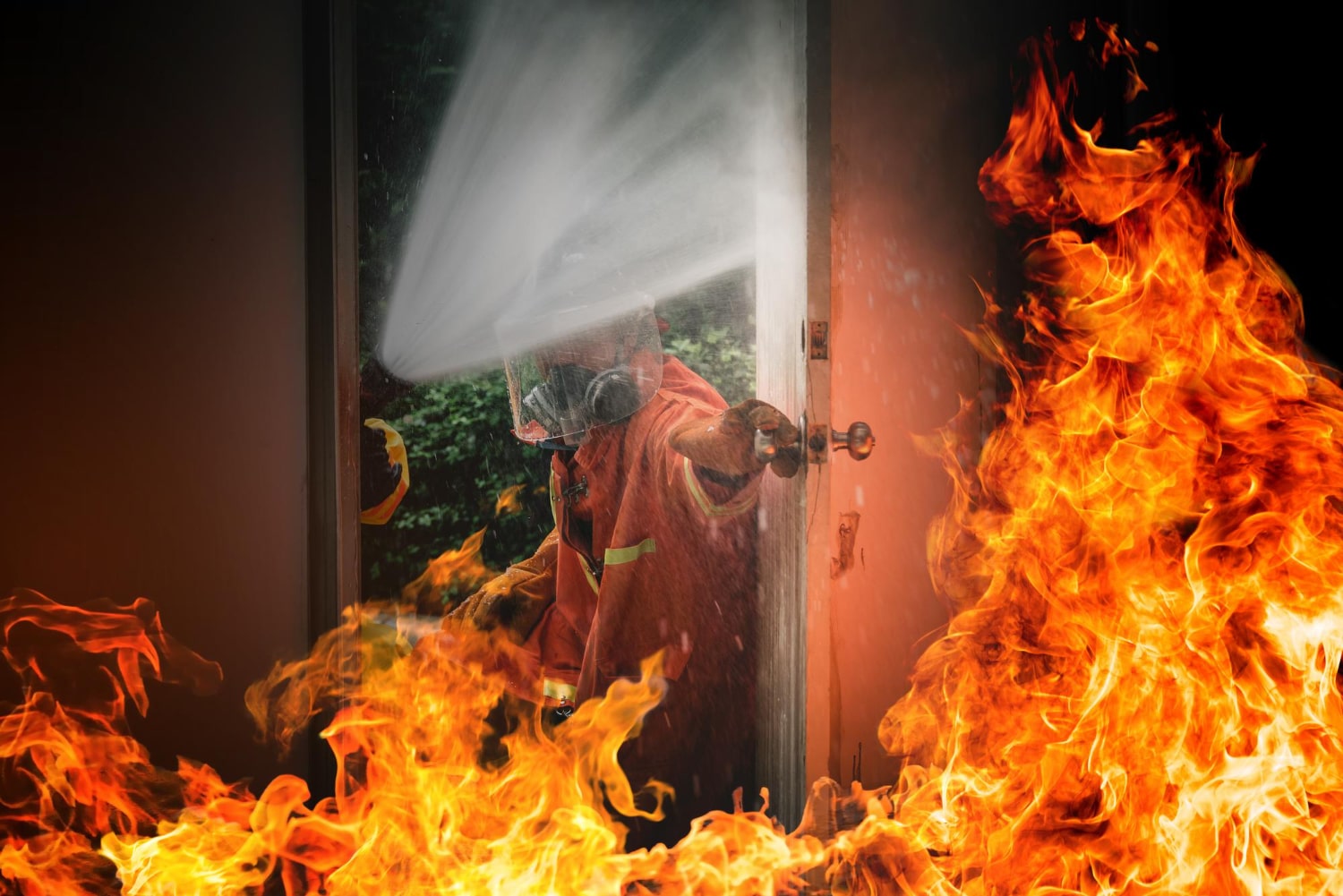
What is fire prevention?
The prevention of fire is accomplished by identifying potential sources of heat and fuel and removing or reducing these fire hazards as far as is possible.
The sources of heat that serve to ignite a fire include such things as naked flames, glowing cigarette ends and electrical sparks. Examples of fuel range from combustible solids (e.g. paper, wood, textiles and rubber) through flammable liquids (e.g. petrol, paints and solvents) to flammable gases (e.g. natural gas, methane and propane). Flammable metals (e.g. aluminium, potassium and sodium) and combustible cooking oils and fats pose unique hazards and require specialist equipment from fire and rescue services. For example, deep fat fryers constitute a risk factor in catering facilities; a fire blanket as well as the appropriate type of fire extinguisher should always be on hand.
As the requirement to protect people arises from their presence in a building, it is not of course practicable to reduce or remove the third element of the fire triangle, oxygen, as this is in the air that we breathe. Generally speaking, the removal of oxygen occurs when a fire extinguisher is used to fight a small fire by smothering it with a blanket of powder or foam.
What is fire protection?
The protection of people and property from the risk of fire does not simply involve the removal or reduction of fire hazards but also the introduction of measures to enable the swift and efficient evacuation of people from the premises in a fire situation and to limit the damage to property caused by the smoke and flames of a conflagration.
Examples of such measures include the identification/provision of an escape plan through the premises, with the installation of fire doors as necessary to protect the escape route and compartmentalise a fire, i.e. to contain it within a section of the building. A final exit door, with appropriate signage, will also be required, which ideally opens outwards and easily with a thumb turn lock or panic bar. Smoke alarms/fire detectors and an early warning fire alarm are also necessary: the fire alarm system can range from a shouted alert in a small building to a state-of-the-art electronic system that interfaces with the fire doors in larger premises.
This is not an exhaustive list of the fire prevention advice we are able to offer but it does serve to indicate the type of issues that complete risk assessments are designed to flag.
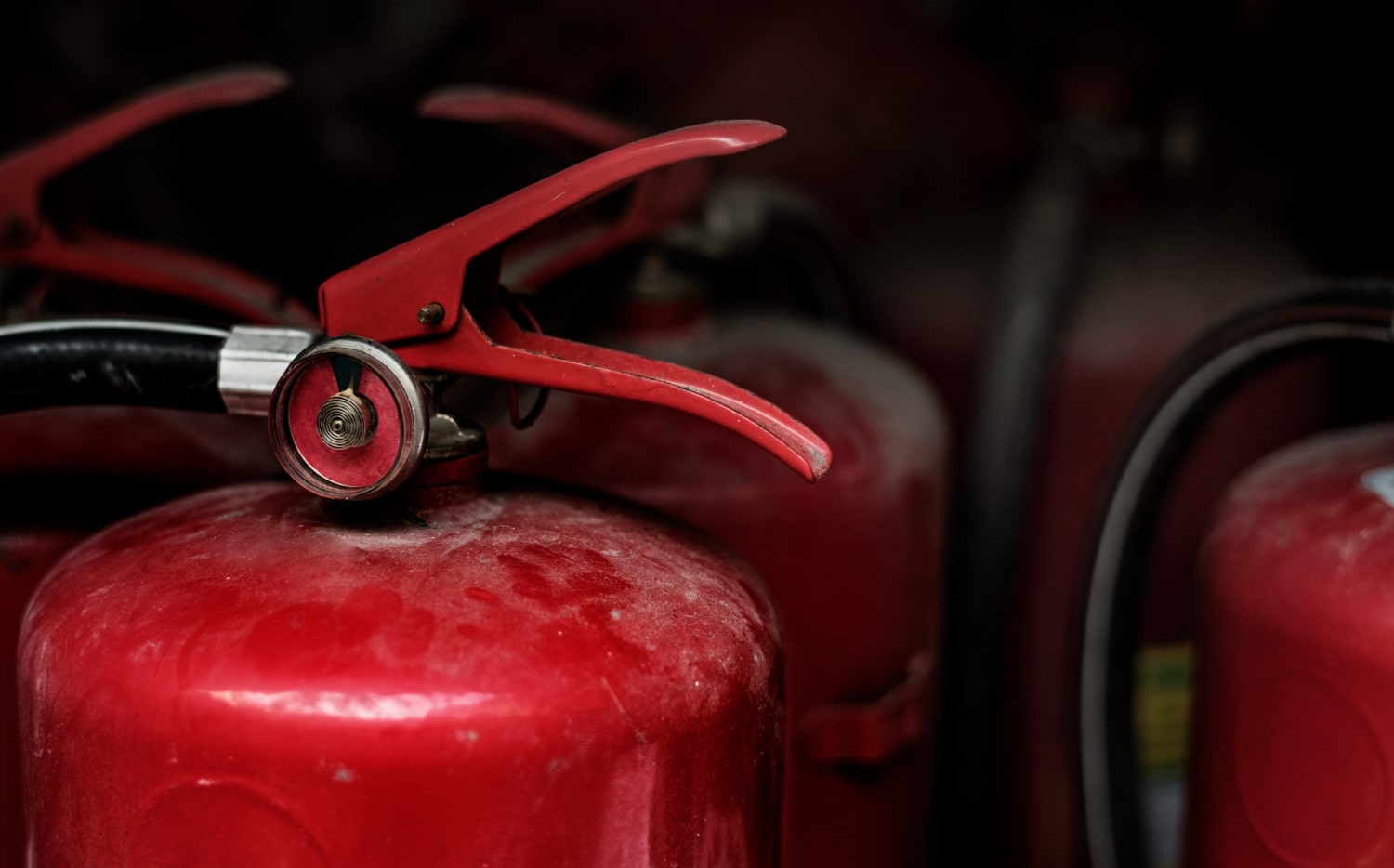
Head Office
IQ Fire Solutions Ltd, 144 North Street, Romford Essex RM1 1DL, United Kingdom
Company Registration No
06577219
VAT Registration No
931 0720 61


